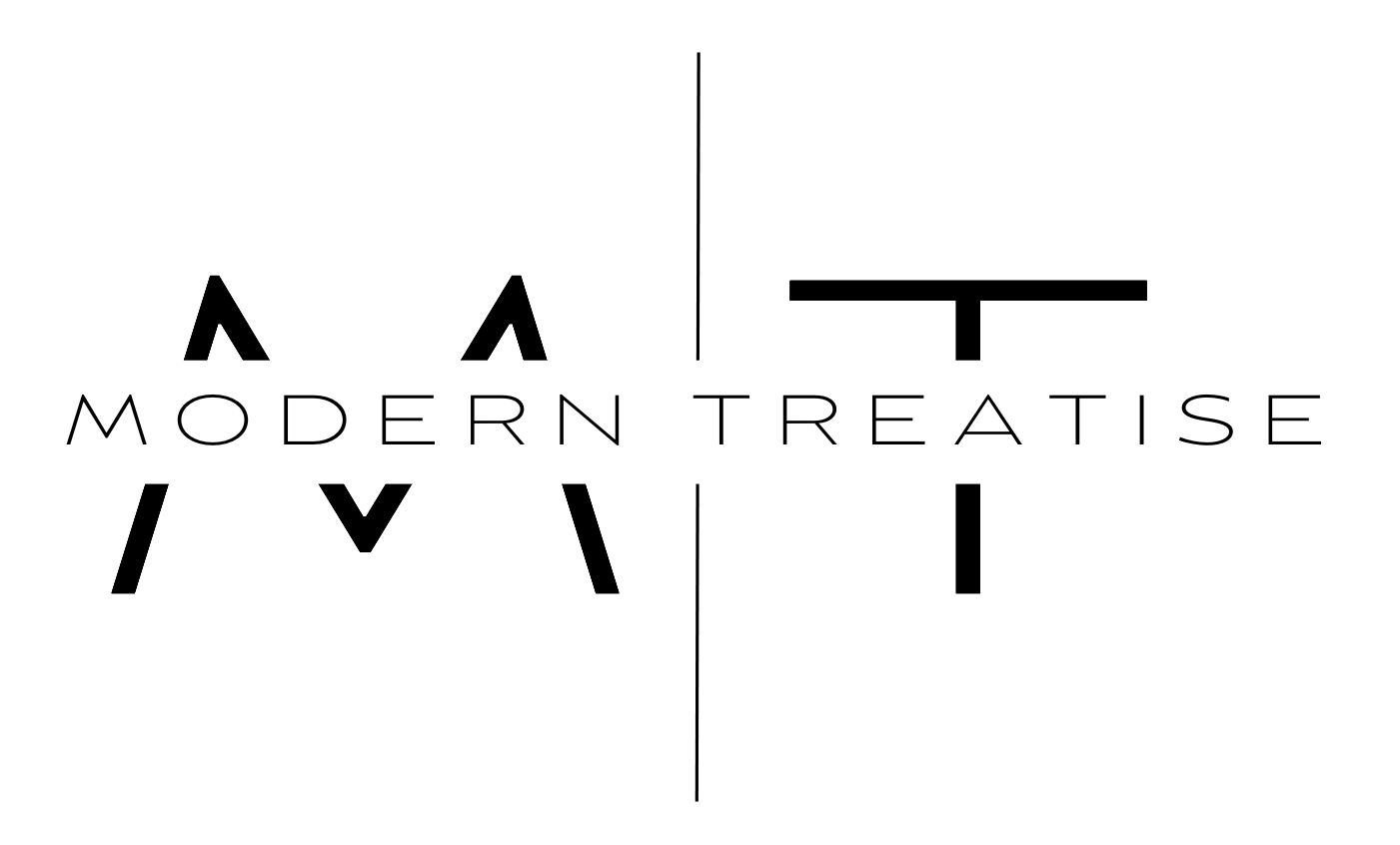European Central: Political Winds Shift In Iceland
On November 30, 2024, Iceland held parliamentary elections to select the sixty-three members of the Althing. The center-left Social Democratic Alliance narrowly emerged as the largest party, securing fifteen seats, a gain of nine seats from the previous elections in 2021. This was enough to surpass the ruling, center-right Independence Party, which fell from sixteen seats to fourteen. The Social Democratic Alliance won a plurality of 20.8% of the vote, while the Independence Party earned 19.4%. Meanwhile, the centrist Liberal Reform Party won eleven seats (a gain of six) and 15.8% of the vote; the center-left People’s Party won ten seats (a gain of four) and 13.8% of the vote; and the center-right Progressive party lost eight seats, finishing with just five seats and 7.8% of the vote.
2024 Iceland Parliamentary Election Results (Seats)
The snap elections were called in October, when Iceland’s Prime Minister Bjarni Benediktsson dissolved parliament. After becoming prime minister in April, following the resignation of Katrín Jakobsdóttir, Benediktsson struggled to maintain the fragile and ideologically diverse coalition between his Independence Party, the Progressive Party, and the Left-Green Movement (which received just 2.3% of the vote, below the 5% threshold needed to enter the Althing). The parties grew increasingly divided on issues such as the economy, immigration, and energy policy.
Iceland joins a long list of countries that have ejected governments from power in 2024. Iceland, like many other countries, has faced rising living costs and increasing levels of immigration. Inflation peaked at 10.2% in early 2023, driven by the pandemic and Russia’s invasion of Ukraine in February 2022. Although, inflation did fall to 5.1% in October 2023, that was still higher than in many neighboring countries. Iceland is also dealing with a surge in asylum seekers, with over 4,000 arriving annually in the past three years (this in a country of 400,000).
Inflation Rate in Iceland - 12-month Change from 2020-2023 (%)
Furthermore, numerous volcanic eruptions in the southwestern Iceland have ‘displaced thousands of people and strained public finances.’ A year after the first eruption, some affected residents of towns such as Grindavik remain without stable housing, ‘leading to complaints that the government has been slow to respond.’
This marks Iceland’s sixth parliamentary election since the 2008 financial crash, which devastated the country’s economy and heralded a period of political instability. The crash led to widespread anger at the traditional parties, paving the way for the rise of new political movements, such as the Left-Greens, focused on environmental issues, and the Pirate Party, which supports direct democracy.
‘This is one of the consequences of the economic crash,’ acknowledged Eva H. Önnudóttir, a political science professor at the University of Iceland. ‘It’s just the changed landscape. Parties, especially the old parties, have maybe kind of been hoping that we would go back to how things were before, but that’s not going to happen.’
After three weeks of tense negotiations, Kristrún Frostadóttir, the leader of the Social Democratic Alliance, formed a coalition government comprising the Alliance, the Liberal Reform Party, and the People’s Party. The new government was sworn in on December 22, 2024, with Frostadóttir serving as prime minister. At thirty-six years old, she is Icenland’s youngest ever prime minister.
Frostadóttir’s first priority is to tackle Iceland’s economic challenges by reducing inflation and cutting interest rates. At her new government’s unveiling ceremony, she stated: ‘This new government will face challenges united. Our first task is to stabilize the economy and lower interest rates with strong leadership in fiscal policy. In the meantime, this government will break the deadlock, and work towards greater creation of wealth in the private sector. The quality of life in the country will be increased through unity surrounding these challenges.’
In the longer term, however, Frostadóttir has promised to bring Iceland closer to the European sphere. Traditionally skeptical about the European Union, events in recent history, including the 2008 financial crisis, the pandemic, the war in Ukraine, and domestic economic pressures, have compelled many Icelanders to rethink their country’s relationship with the European Union.
A poll conducted by market research company Maskína in June found that ‘just over 54% of respondents were in favour of joining the bloc, with the majority saying they thought households would be financially better off as part of the EU.’
As a result, Iceland’s new government has promised ‘to put the question of EU membership to a referendum by 2027.’
Iceland’s new foreign minister, Þorgerður Katrín Gunnarsdóttir, who heads the pro-EU Liberal Reform Party and is expected to lead potential accession negotiations, told reporters that ‘We agreed that a motion in parliament be agreed upon, stating that we will have a referendum on the continuation of Iceland's European Union accession talks and that this referendum be held no later than 2027.’
The new government has also pledged to convene a ‘panel of experts to look into the advantages and disadvantages of retaining the Icelandic crown over adopting the Euro.’
If Iceland joins the European Union, it will become the bloc’s twenty-eighth member state. For Iceland, joining the EU could provide greater economic stability, as well as security guarantees. For the EU, Iceland’s membership would strengthen its position in the Arctic region, Moreover, Iceland’s significant renewable energy resources would benefit the bloc as a whole. However, Iceland’s small population and unique economic profile could present problems in aligning with EU-wide policies. The EU would have to address several of these incongruities, such as Iceland’s fisheries management, a point of contention in other intra-European disputes – namely, the United Kingdom and France.

